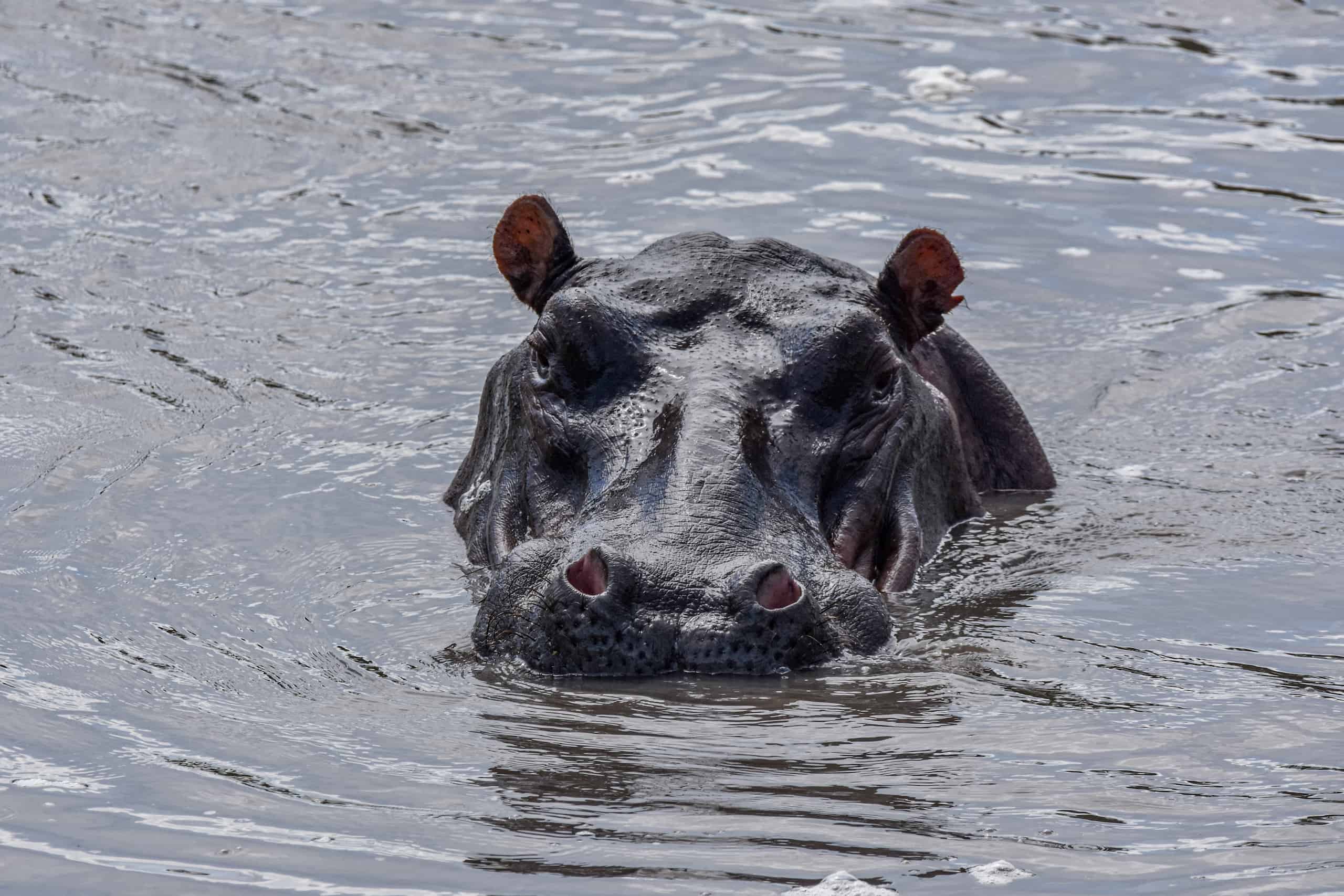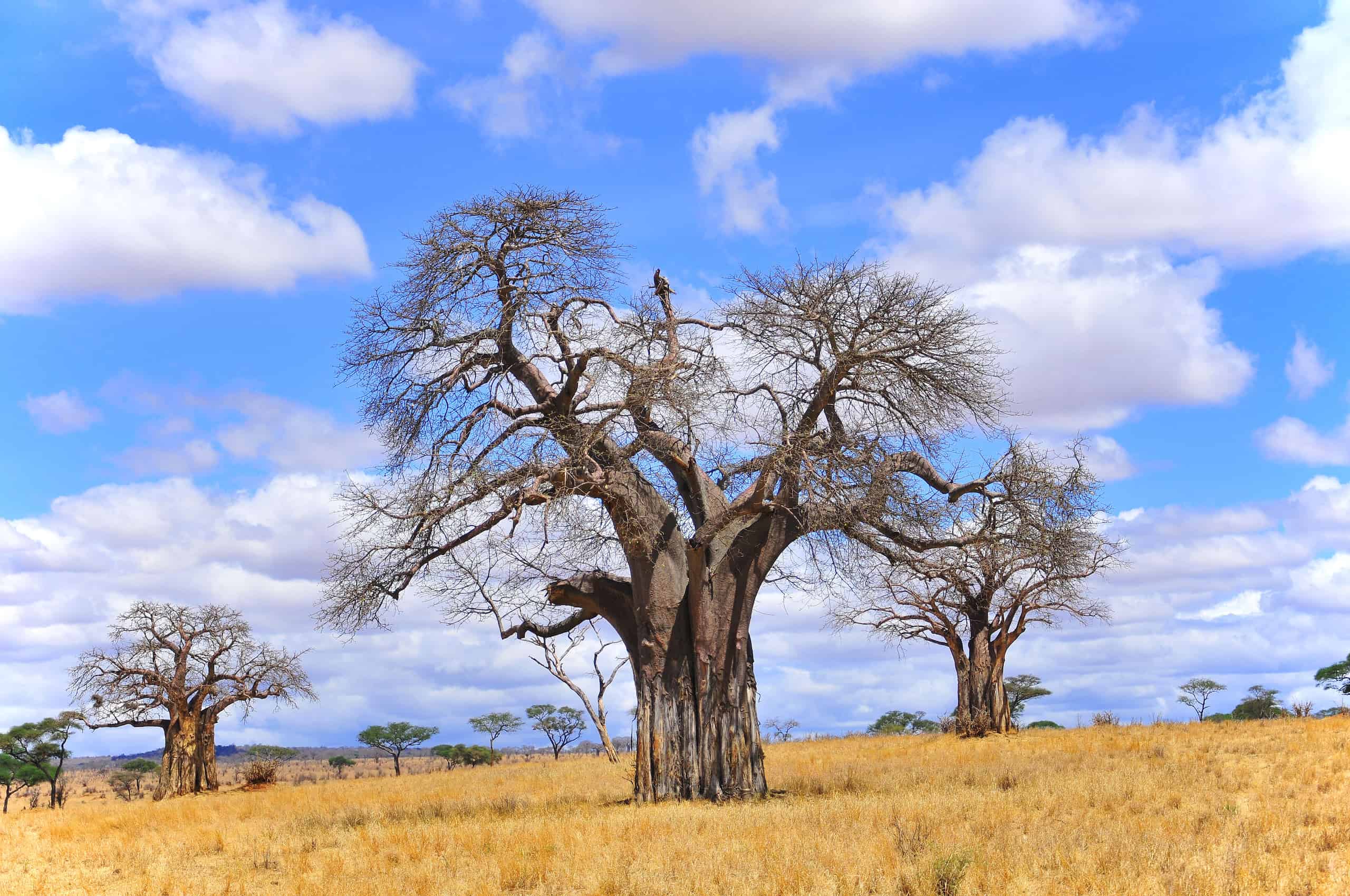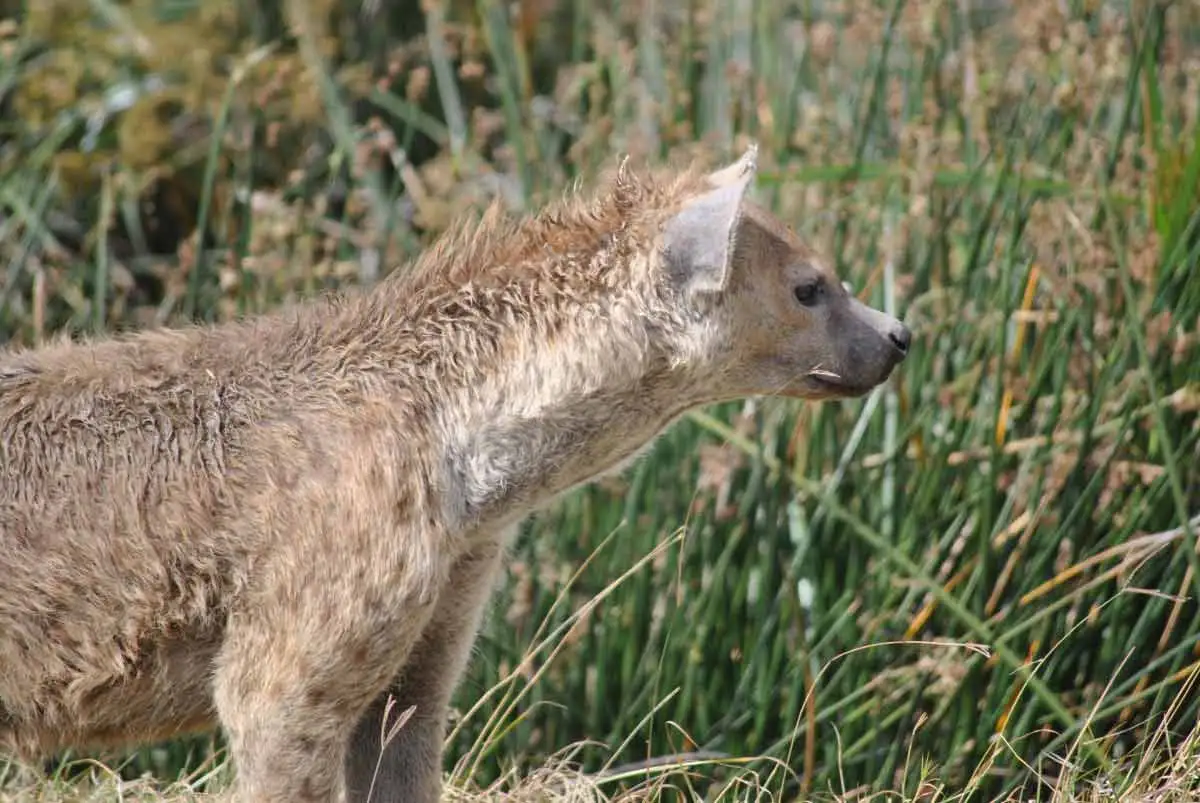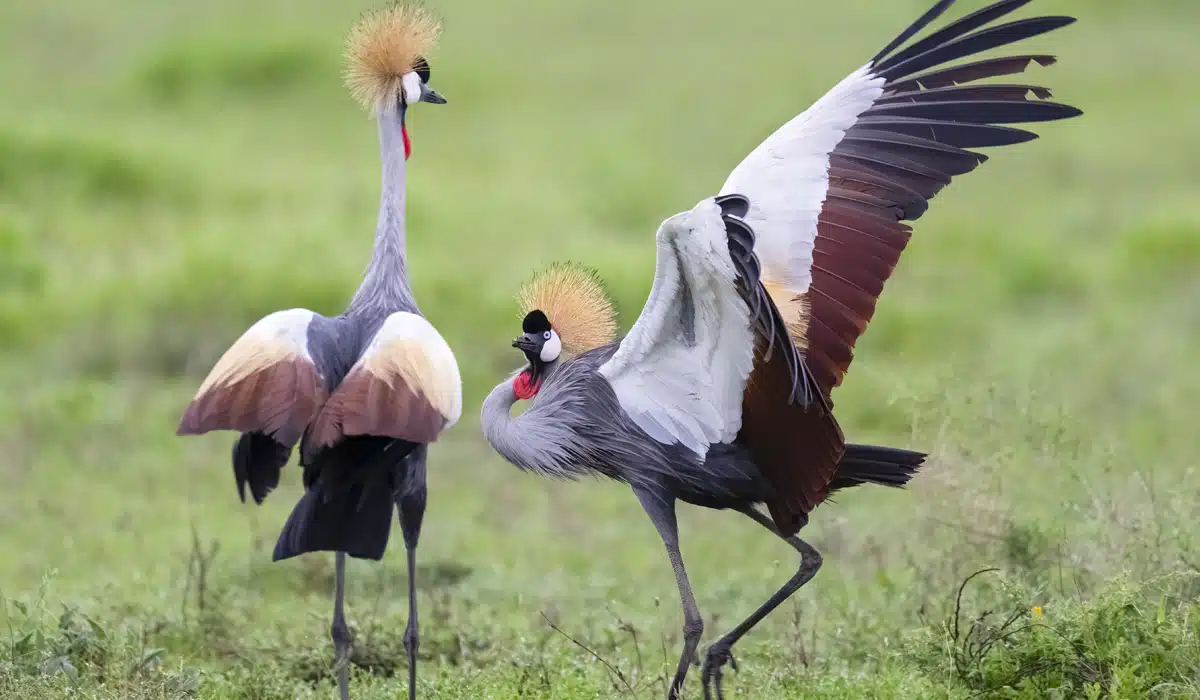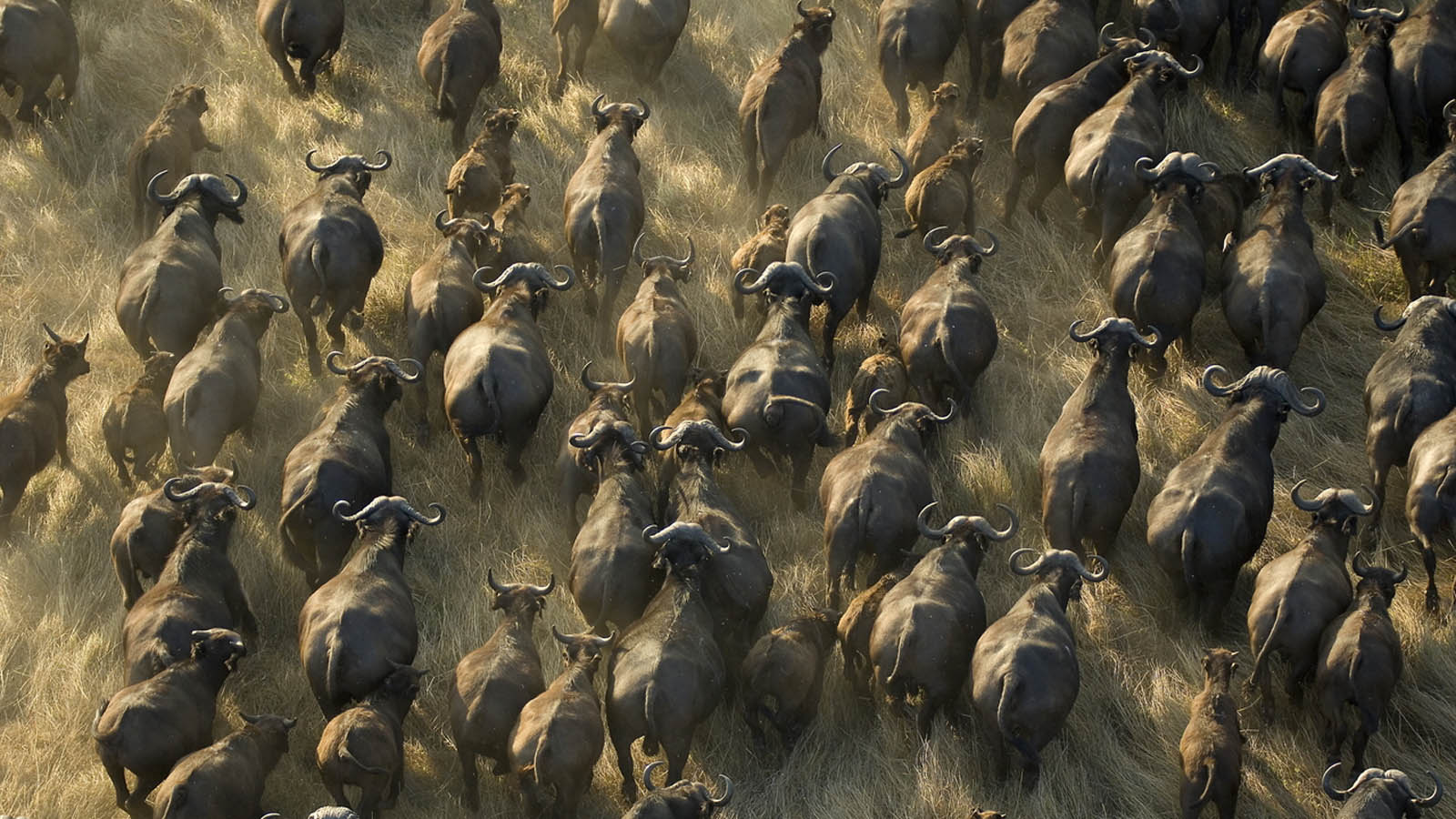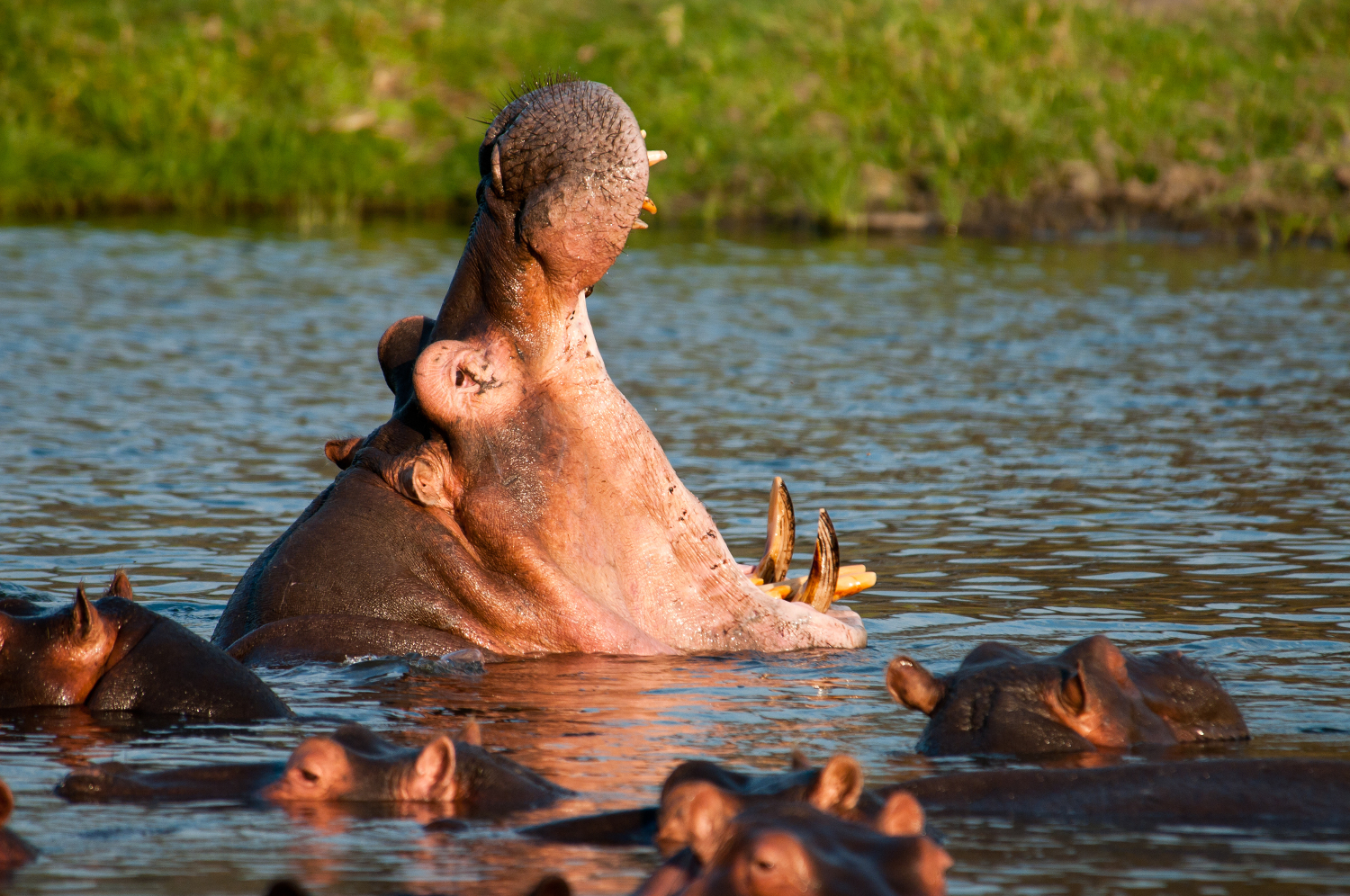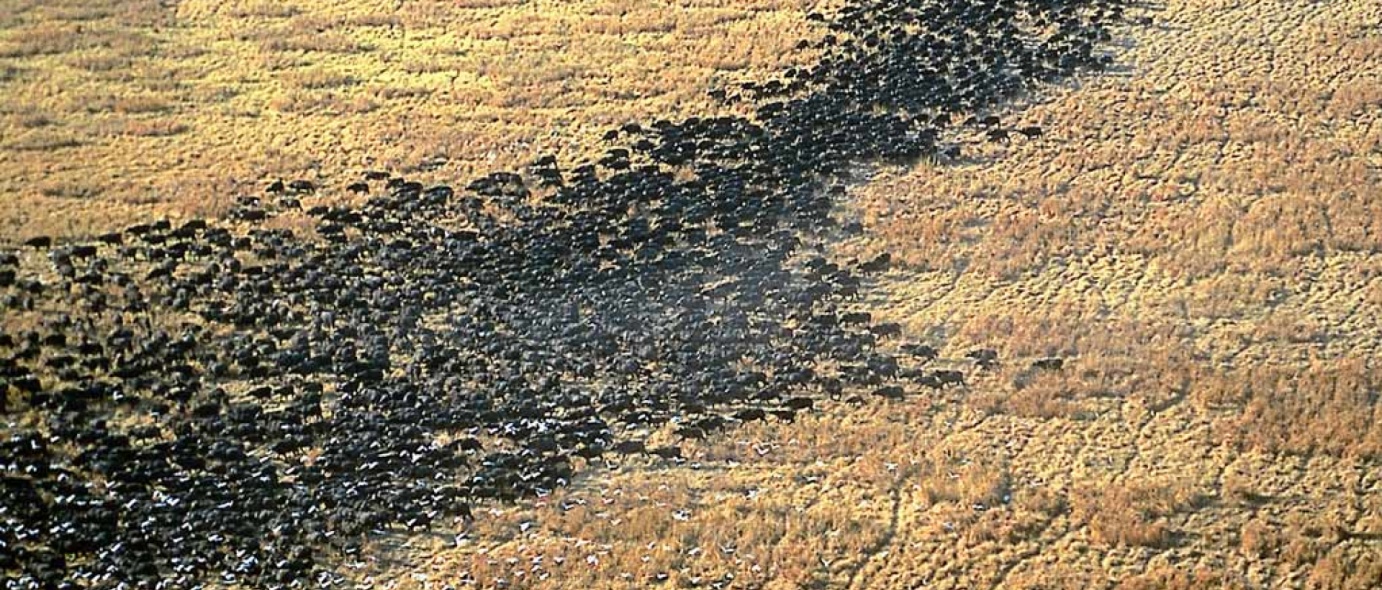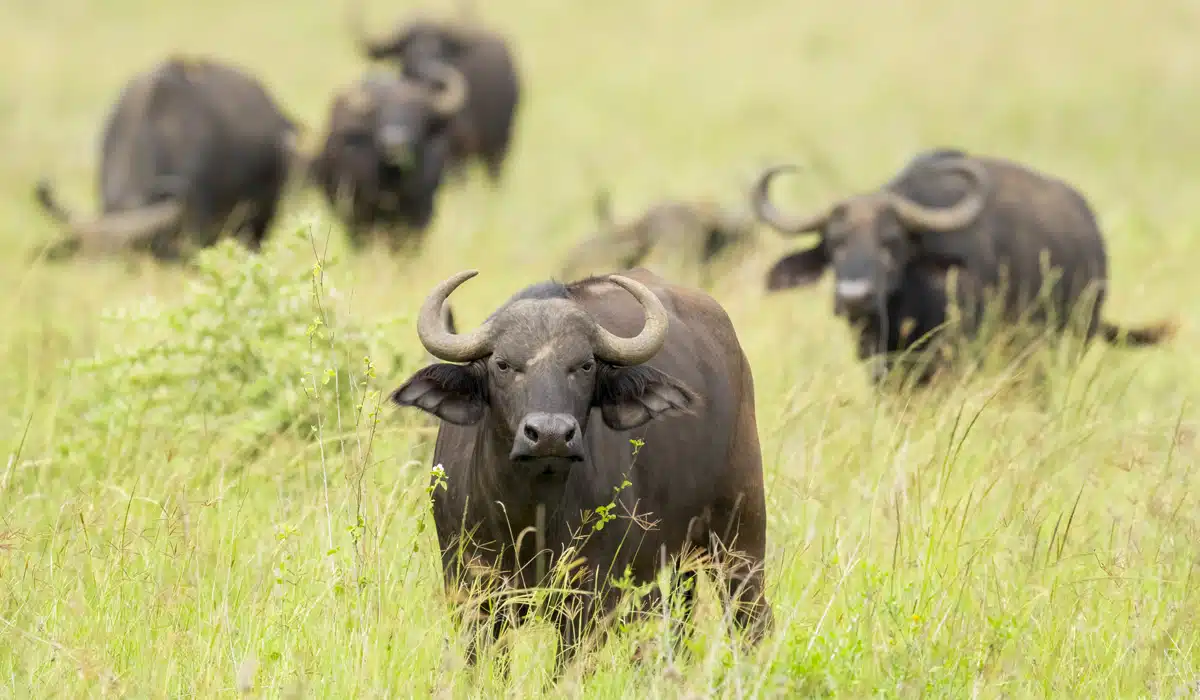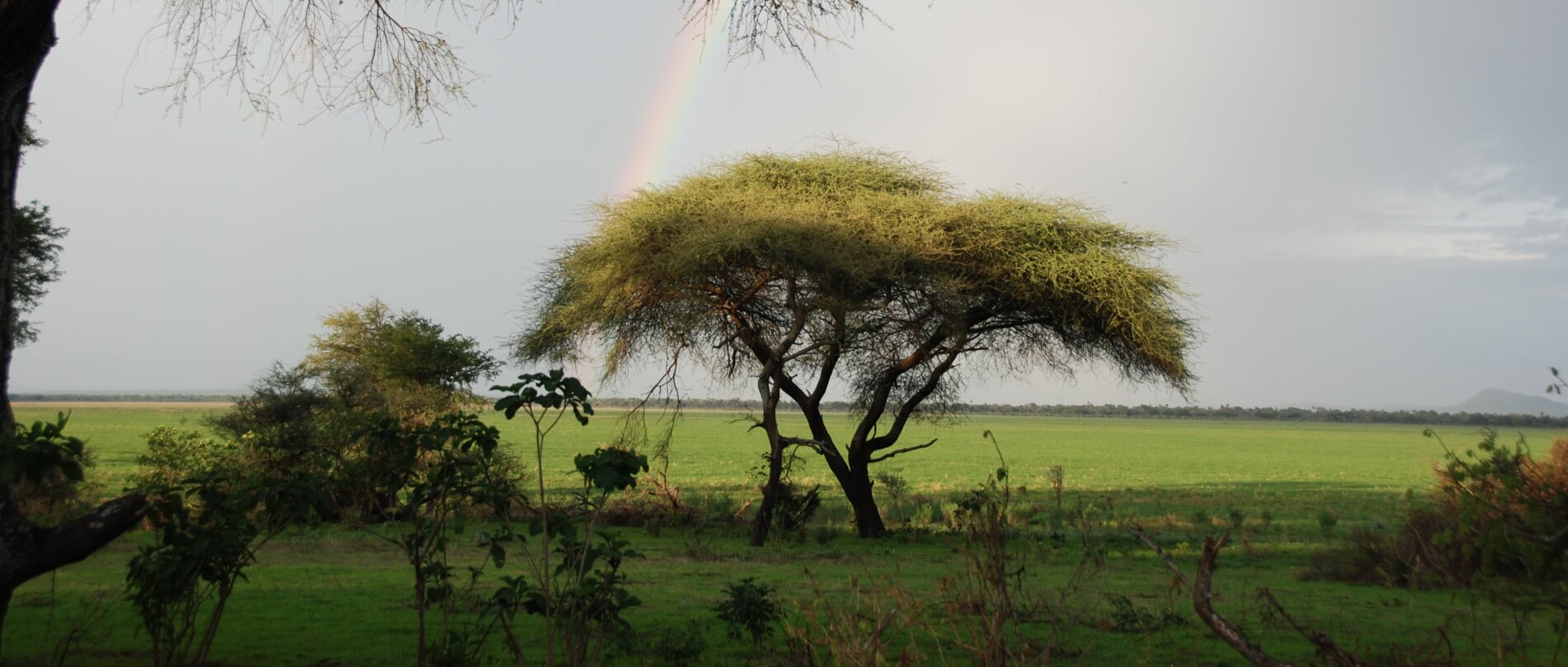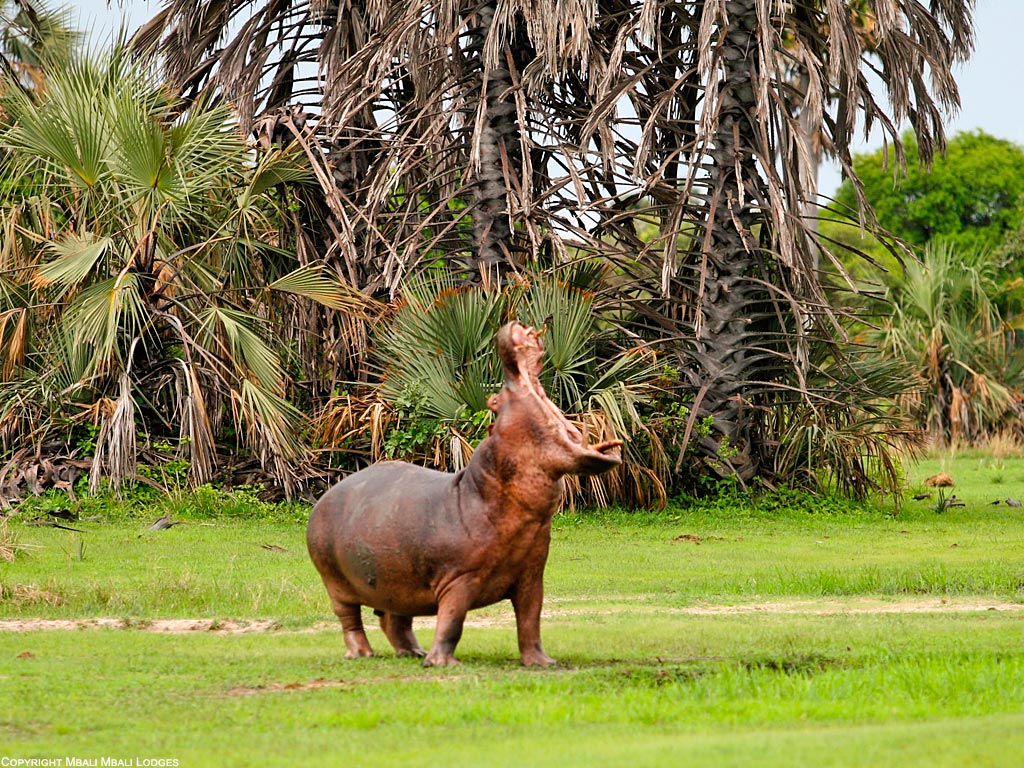Katavi National Park
Katavi national park

Katavi National Park is one of Tanzania’s most remote and pristine wildlife reserves, located in the western part of the country. Known for its expansive floodplains, diverse ecosystems, and large populations of wildlife, Katavi offers an authentic and adventurous safari experience. The park’s isolation means it is less frequented by tourists, providing a more solitary and immersive experience compared to other Tanzanian parks.
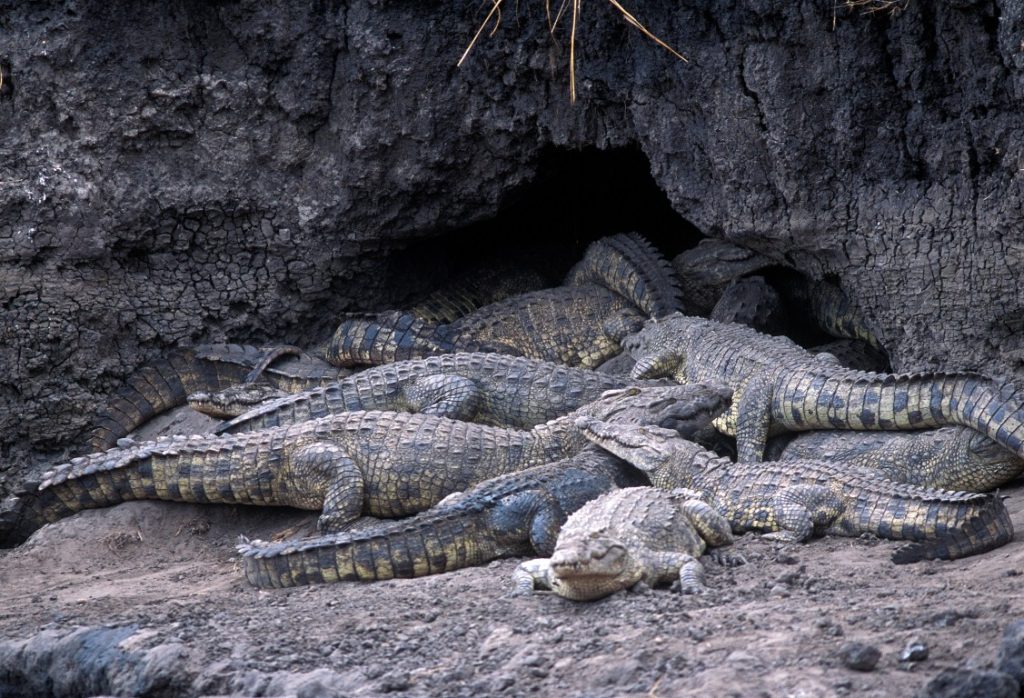
Overview of Katavi National Park:

Katavi National Park offers a truly remote and untouched safari experience in Tanzania. Its vast floodplains, diverse landscapes, and rich wildlife make it a remarkable destination for those seeking adventure and solitude. The park’s large populations of elephants, buffaloes, and predators, along with its seasonal floodplains, provide an extraordinary opportunity to witness Tanzania’s wild beauty in one of its most secluded and authentic wilderness areas.
Floodplains and Wetlands:
- Katavi and Kagera Rivers: The park is characterized by its vast floodplains and wetlands, which are vital for wildlife, especially during the dry season.
- Seasonal Flooding: The floodplains experience seasonal changes, with the wet season bringing lush vegetation and the dry season concentrating wildlife around water sources.
Savannah and Grasslands:
- Terrain: Includes extensive grasslands and open savannahs, interspersed with patches of acacia and miombo woodlands.
- Ecology: Supports a variety of herbivores and predators.
Woodlands and Forests:
- Types: Contains areas of miombo woodlands and riverine forests that provide additional habitats and food sources.
How long to stay?
At least 2 days, but some guests would say even a week is not enough.
Facts about Katavi National Park
- Established: 1998
- Size: Approximately 4,471 square kilometers (1,727 square miles)
- Location: Western Tanzania, near the Katavi and Kagera Rivers
- Elevation: Generally low-lying, around 1,000 meters (3,280 feet) above sea level
- Climate: Tropical climate with a rainy season from November to April and a dry season from May to October
- Accessibility: Accessible by light aircraft from major cities like Dar es Salaam or Kigoma; road access is limited and can be challenging.
Most common animals
Mammals:
- Elephants
- Buffaloes
- Lions
- Leopards
- Hippos
- Giraffes
- Zebras
- Grant’s Gazelles
- Impala
- Warthogs
- Sable Antelope
- Wild Dogs (occasionally spotted)
Birds:
- African Fish Eagle
- Secretary Bird
- Pale Chanting Goshawk
- Marabou Stork
- White-headed Vulture
- Various waterfowl and wading birds
Reptiles:
- Nile Crocodile
- Various Snakes and Lizards
Insects:
- Butterflies
- Dragonflies
- Beetles and Other Insects
